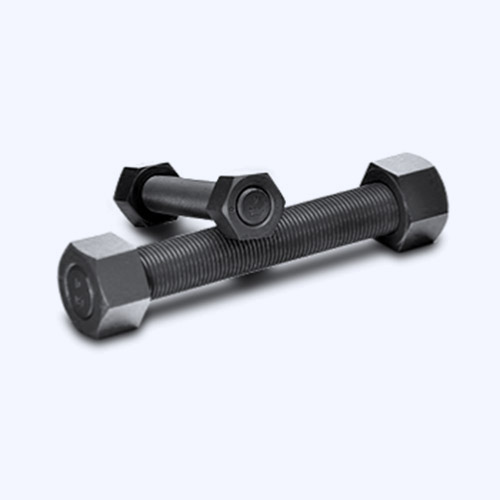

self tapping cabinet screws
Oct . 12, 2024 20:31 Back to list
self tapping cabinet screws
Understanding Self-Tapping Cabinet Screws A Comprehensive Guide
Self-tapping cabinet screws are essential fasteners in the world of woodworking and cabinetry. Designed to simplify the assembly process, these screws are engineered to create their own threads as they are driven into materials, eliminating the need for pre-drilled holes. This characteristic makes them particularly useful in cabinetry applications, where precision and efficiency are paramount.
What Are Self-Tapping Cabinet Screws?
Self-tapping screws come with a sharp, pointed tip that facilitates penetration into various materials, including wood, metal, and plastic. The thread design allows the screw to cut into the material and form a tight hold without the traditional pilot hole. This feature not only speeds up the assembly process but also ensures a secure and durable connection.
Advantages of Using Self-Tapping Screws
One of the most significant benefits of self-tapping screws is their ease of use. The ability to skip drilling pilot holes saves valuable time, particularly in large projects where multiple screws are required. Additionally, these screws provide excellent holding power, which is essential for maintaining the integrity of cabinets loaded with weighty items like dishes and cookware.
Moreover, self-tapping cabinet screws are available in various sizes and materials, including stainless steel and coated variants to resist corrosion. This versatility allows woodworkers and cabinet makers to choose the appropriate screw for their specific project, whether working indoors or outdoors.
self tapping cabinet screws

Common Applications
Self-tapping cabinet screws are primarily used in assembling kitchen cabinets, bathroom vanities, and other furniture pieces. They are ideal for joining components such as cabinet frames, backs, and shelves. Additionally, these screws can be used in DIY projects, making them a favorite among hobbyists and professionals alike.
Installation Tips
For optimal results when using self-tapping screws, it is essential to select the right size and type for your material. Pre-drilling isn't necessary, but for harder woods or materials, drilling a pilot hole can prevent the wood from splitting. Furthermore, using a power screwdriver with adjustable torque settings can help prevent over-driving, which might damage the material or the screw.
Conclusion
Incorporating self-tapping cabinet screws into your woodworking projects can enhance efficiency and reliability. Their unique design and ease of use make them a go-to choice for both professional cabinet makers and DIY enthusiasts. As you embark on your next project, consider the many advantages that self-tapping screws offer, ensuring a sturdy and well-assembled result.
Latest news
-
High-Strength Hot Dip Galvanized Bolts - Hebei Longze | Corrosion Resistance, Customization
NewsJul.30,2025
-
Hot Dip Galvanized Bolts-Hebei Longze|Corrosion Resistance&High Strength
NewsJul.30,2025
-
High-Strength Hot-Dip Galvanized Bolts-Hebei Longze|Corrosion Resistance&High Strength
NewsJul.30,2025
-
Hot Dip Galvanized Bolts-Hebei Longze|Corrosion Resistance&High Strength
NewsJul.30,2025
-
Hot Dip Galvanized Bolts - Hebei Longze | Corrosion Resistance, High Strength
NewsJul.30,2025
-
High-Strength Hot Dip Galvanized Bolts-Hebei Longze|Corrosion Resistance, Grade 8.8
NewsJul.30,2025

